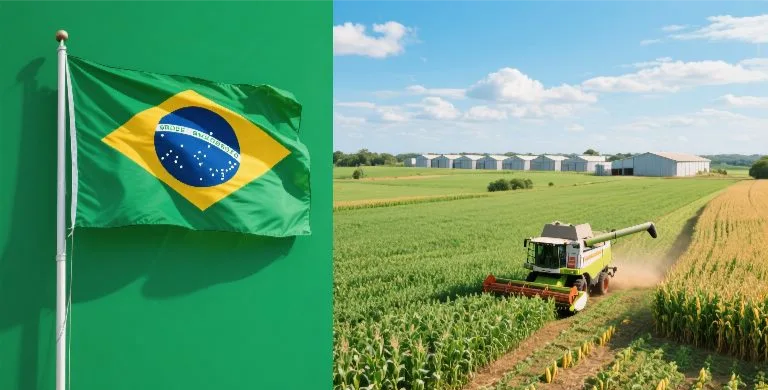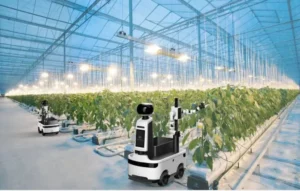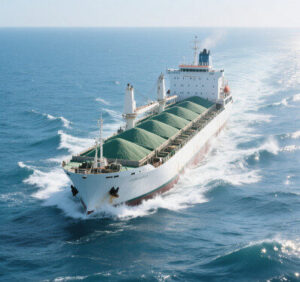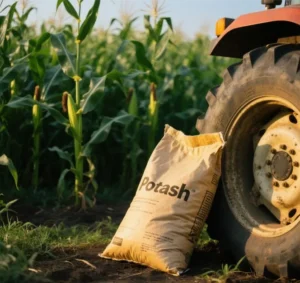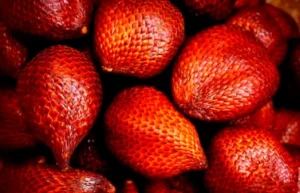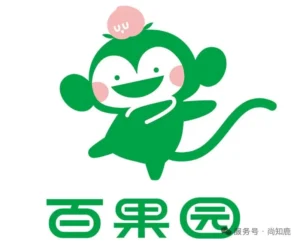The potential imposition of U.S. sanctions on countries that maintain trade ties with Russia is casting a shadow over Brazil’s agricultural sector. These sanctions would threaten Brazil’s access to crucial fertilizer supplies, thereby exacerbating global price volatility. Brazil, one of the world’s largest agricultural producers, relies on Russian fertilizers, which account for approximately 25% of its total imports, according to the Brazilian Fertilizer Association (ANDA). This places Brazil at the forefront of this geopolitical risk. In 2024 alone, Brazil imported 41.34 million tons of fertilizer, with Russia dominating key categories: 53% of monoammonium phosphate (MAP), 40% of potassium chloride, and 20% of urea. This deep dependency underscores the vulnerability of Brazil’s $270 billion agricultural industry, which accounts for 25% of the country’s GDP and supplies over 20% of global soybean exports.
Current Dependency and Vulnerability
Brazil’s agricultural productivity hinges heavily on imported fertilizers. With vast soybean, corn, and sugarcane plantations covering over 80 million hectares (an area equivalent to the size of Turkey), the country consumes massive quantities of these inputs. While the upcoming 2025/26 soybean season may see limited direct impact due to pre-purchased stocks, analysts warn that prolonged geopolitical tensions and intensified sanctions could disrupt future supply chains. Bruno Fonseca, an input analyst at Rabobank, emphasizes: “If sanctions persist, risks will escalate significantly in 2026, potentially reducing Brazil’s soybean yields by up to 15%—a loss equivalent to $10 billion in export revenue.”
Limited Alternatives, Soaring Costs
Major importers such as Brazil, India, and China are in a bind because their demand far exceeds the short-term alternatives available. Attempting to replace Russian fertilizers would result in substantial cost increases. Russia’s competitive pricing makes substitution costly. For example, Brazil’s reliance on Canada to offset the 2022 sanctions on Russia and Belarus demonstrated resilience. However, forced supplier shifts could spark short-term price spikes. Adding to the complexity, current U.S.-Canada tensions might ironically boost Canadian exports to Brazil, which could be a silver lining amidst geopolitical clouds. According to StoneX, diverting 50% of Russia’s MAP supply to other markets would increase global prices by 20%-30%, which would disproportionately affect Brazil’s budget for $15 billion in annual fertilizer imports.
Geopolitical Turbulence Fuels Price Volatility
Fertilizer markets, already sensitive to geopolitical shifts, face new pressures. U.S. military actions in Iran in June heightened tensions in the Middle East, a key energy and fertilizer production hub, pushing up urea prices. Fonseca notes: “Despite expectations of price declines, values remain elevated due to sustained demand from India and Brazil.” Global compound fertilizer costs are further strained by China’s export restrictions that prioritize domestic demand and India’s robust imports. In Brazil, urea prices at ports surged 5.2% in July, driven by demand for second-corn planting. Potassium fertilizer costs are also climbing. Rabobank estimates an average increase of 10% in fertilizer costs compared to the previous season. These hikes directly impact farmers, who spend $3.5 billion annually on potassium fertilizers—a cost projected to rise by $350 million under sanctions pressure.
Adapting Amid Uncertainty: Shifts in Import Behavior
Rising prices and supply concerns have prompted changes in Brazil’s purchasing patterns. StoneX data reveals a nearly 20% year-on-year increase in fertilizer imports from January to July 2025, indicating that buyers are stockpiling to mitigate risks. This rush to secure supplies highlights the industry’s anxiety about potential sanctions. The Brazilian government has also launched a $2 billion fund to support farmers in purchasing inputs and is exploring the domestic production of MAP. This initiative aims to reduce reliance on Russian imports by 10% by 2027.
Outlook: A Balancing Act for Brazil
As the U.S. considers sanctions against Russia’s trade partners, Brazil’s vulnerability increases. While the immediate impact on the 2025/26 soybean crop may be manageable, long-term uncertainty looms. The Brazilian government and agricultural sector are vigilant, recognizing that any disruption to the fertilizer supply could endanger the productivity of a vital global breadbasket responsible for 35% of global soybean exports and 10% of corn trade. Efforts to diversify (e.g., expanding ties with Morocco, Israel, and Argentina) and diplomatic maneuvering will be pivotal in navigating this complex geopolitical minefield.
The interplay of geopolitical tensions, supply dependencies, and market dynamics has transformed Brazil’s fertilizer challenge into a global agricultural dilemma. As the threat of sanctions evolves, the world is watching to see how this critical supply chain will adapt—or crumble—under pressure. For Brazil, the stakes are existential, not just economic, for its role as a global food supplier.


